
Naval Gazing
The RAN’s International Fleet Review Spectacular 2013.
Text:/ Phil Meltzer
Photographer:/ Cameron O’Neill
At any event, communications are essential. So, on a perfect spring day in October 1913, when seven ships of the newly created Fleet Unit of the Royal Australian Navy steamed into Sydney Harbour on its first Fleet Entry, coordination and communication would have been a prime requirement.
In that era though, available methods would have been flag semaphore, signal lamps and rudimentary radio signals using Morse code over spark-gap transmitters. Maritime radio was in its infancy with an international treaty requiring shipboard radio stations to be manned 24 hours a day only ratified that very year.
Film archives show flag semaphore being used and aerials visible amongst the superstructure of the newly commissioned HMAS Australia’s optical and radio communications.
One hundred years on and the commemoration of that event has just been enacted in the form of the 2013 International Fleet Review (IFR) — once again on a perfect spring day. This time, however, 19 RAN ships, 18 foreign naval vessels, 16 tall ships and various local vessels were all part of the flotilla. As if that wasn’t enough, let’s throw in an evening spectacular with broadcasts over TV, FM radio and internet, local live-sites around the harbour, fireworks displays, synchronised lighting and audio, projection mapping, and more.
Flag semaphore and Morse code were not going to make this event happen in 2013. However, despite the 100-year time difference, optical and radio communications remain crucial along with extensive logistical and technical expertise.
IMAGINATION RUNS WILD
A spectacular needs a spectacle, and people who can think big to organise it. The Royal Australian Navy engaged the services of Imagination Australia as event designers and producers to take the event from conception to delivery.
Doubtlessly it wasn’t long into Imagination Australia’s initial team meeting to identify the Sydney Opera House’s sails as a larger-than-life, projection-mapping ‘canvas’ for video and images. But they went a step further and press-ganged the Sydney harbour bridge’s pylons to host more visuals.
With attendance estimates at upwards of 1 million expected on the harbour shores to view the spectacle, there was a need to get the video and audio components of the event to as many of those punters as possible. As well as the mapping, a number of live sites were set up around the harbour foreshore to accomplish this. Utilising projection sites at Dawes Point and Mrs. Macquarie’s Chair, along with the seven live-sites, the Technical Direction Company (TDC) and Norwest Productions delivered the content. All these projection sites had their HD video and audio main track feeds delivered from Dataton Watchout and Avid ProTools via an optical fibre network using Riedel Communications’ MediorNet/RockNet systems. Approximately 1.2 million ANSI lumens of projection were used and about 406 speaker cabinets.
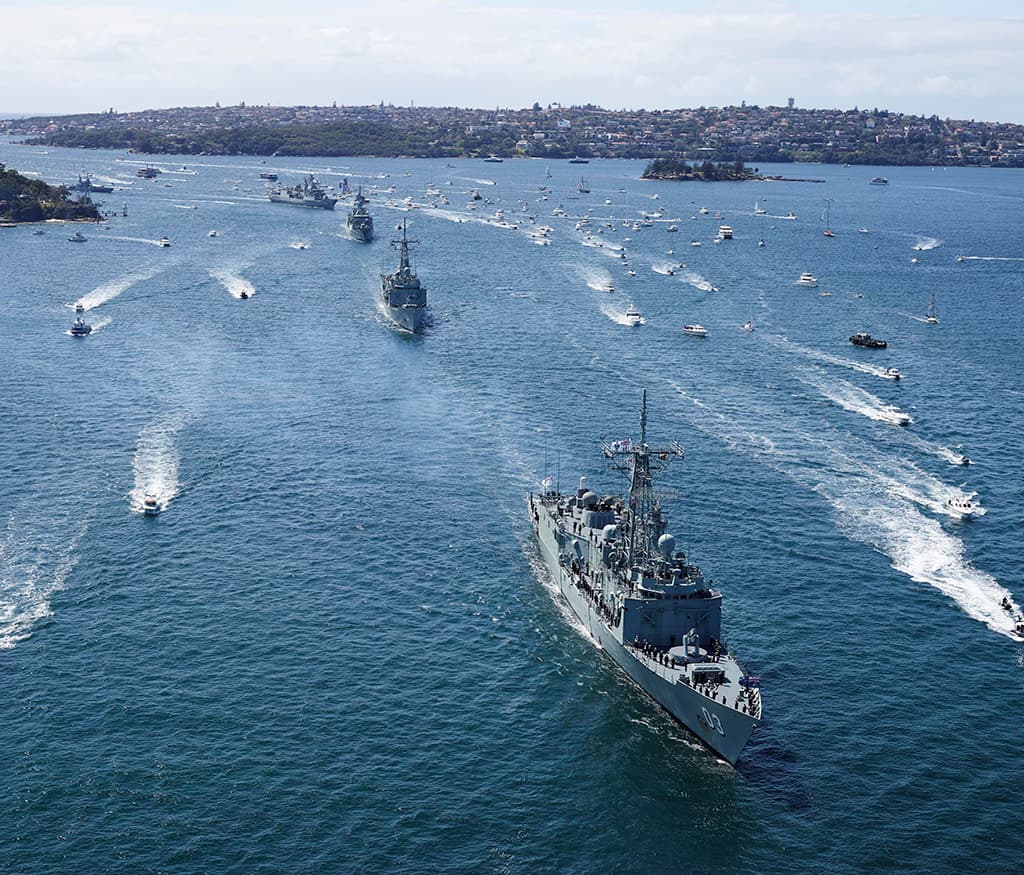

BIGGER THAN NEW YEAR’S
However, given the size of the overall event stage, even supersized screens like the Opera House and the Harbour Bridge pylons become a small part of the whole. So filling the open spaces from Balls Head to Garden Island was a job for pyrotechnics and lighting. Foti International produced a fireworks display to eclipse even the famous Sydney New Year’s Eve celebrations. Launch positions included the usual Harbour Bridge and barges, but were supplemented by several city roof-top locations.
The crowning glory though were seven big, grey launch platforms that were accustomed to pyrotechnics of a very different kind – Royal Australian Navy warships. Fireworks control came via FireOne software and timecode transmitted over UHF and TETRA (Terrestrial Trunked Radio) main and back-up radio links supplied by Riedel.
Like cheese and crackers, fireworks and lighting are a match made in the heavens. The smoke provided by the pyros creates ideal conditions for the lighting to be seen to best advantage and, in turn, happily complement the work of the fireworks – it’s a 3D canvas for the eyes to feast on. Chameleon Touring Systems provided the highlighting and colour to fill those spaces. Over 500 lighting fixtures were used on the 15 lighting towers on the shoreline and the seven RAN warships. Consoles at each location were synced by SMPTE timecode primarily transmitted over UHF. The back-up timecode feed, however, was provided by an interesting system involving the internet and iPads. It took the Mac-originated SMPTE code and fed it through a webstream via an ADSL connection to the web. Out on the ships and towers, one iPad at each location picked up the webstream via a Telstra SIM card. The code was then transferred to the lighting consoles by an audio cable out of the iPad’s mini-jack port.
Adding to all this connectivity was the ability to program the 13 grandMA lighting consoles remotely via wireless Ethernet. The shore-based locations received their Ethernet via a combination of wi-fi and MediorNet over the same fibre links that were providing the video and audio feeds. The various remote sites received theirs via MA-Net2 (MA Lighting’s Ethernet protocol) over Riedel’s new mesh wi-fi system – a multi-path highly-resilient, wireless network that is ideal for outdoor deployment.
For all of those people not near a live site but still harbourside to view the event, a special low-power FM radio broadcast was set up. With an FM receiver you could tune into 90.7MHz and hear the audio track that the fireworks and projection mapping were synced to.
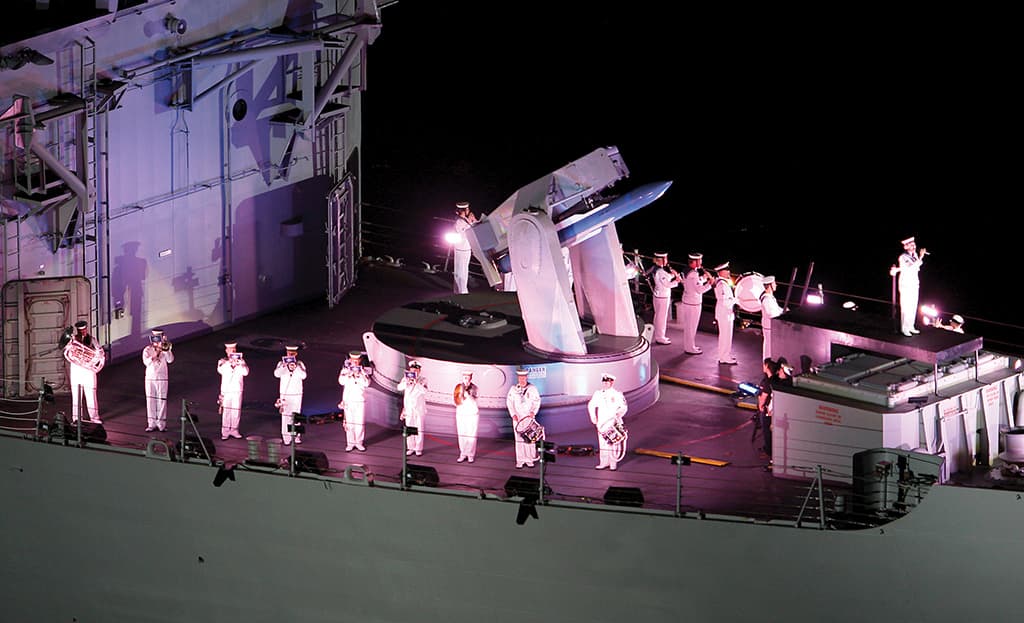
CASTING A WIDER NET
That takes care of the local spectators but in order to take the spectacular to a wider audience, the ABC and Chief Entertainment took on the roles of broadcast partners. The ABC provided a national broadcast on its ABC1 and News 24 channels. Chief Entertainment routed its vision package of the event live to the internet via YouTube. Both of these organisations were based in the Sydney Opera House (SOH) under the Opera Theatre – the ABC using one of its HD broadcast trucks and Chief utilising the Opera House’s video and audio studios. The SOH also contributed parts of their fibre install and MediorNet system to the cause, linking it in with the Riedel-installed fibre network to provide a signal path from the Event Control Centre that connected the broadcasters to the fireworks audio track feeds, live audio and Ethernet.
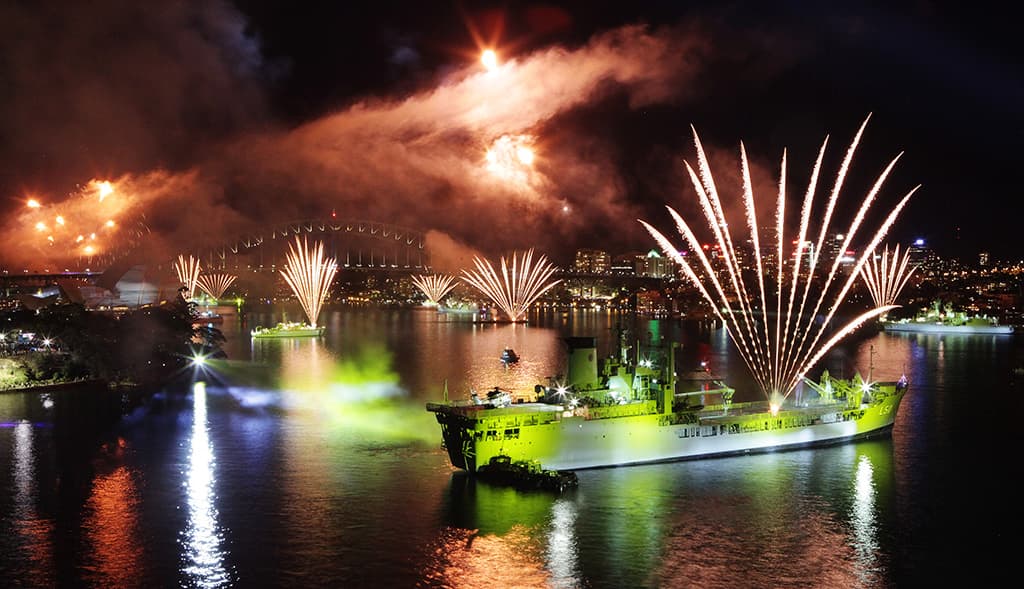
UNIFIED COMMS
An event such as this demonstrates just how far comms has come. Semaphore jokes aside, the definition of communications has broadened over the years and the term doesn’t just cover voice traffic any more. Current TCP/IP technology allows formats that once used separate signal paths to be merged onto one carrying medium. Systems like Riedel Communications’ MediorNet, RockNet and Artist Matrix combine audio, video, voice communications and data networking down the same run of optic fibre. With fibre infrastructure becoming more common, Riedel was able to integrate existing city installations and SOH fibre into the event’s MediorNet along with another 15 kilometres of dual- and quad-core fibre they temporarily installed for the IFR. There were 11 MediorNet frames used and the integrated RockNet carried approximately 160 channels of audio to different locations. Voice comms were carried by Riedel’s Artist Matrix digital intercom system. Analogue UHF duplex transmission systems, wireless cameras and FM transmission services were also deployed as part of the overall event package.
Two-way radio traffic was assigned to 16 channels of UHF TETRA radio equipment that digitally allows a relatively small number of frequencies to be shared with a large number of users via talkgroups. These talkgroups are automatically assigned to vacant channels when necessary, allowing for a more efficient use of bandwidth than with conventional two-way systems. While not a new technology it’s normally found in the emergency services, government and large industry sectors and is only making its way into the entertainment arena in the last few years.
Another recent piece of tech to appear at large-scale events are mesh wi-fi networks like the 5GHz system that Riedel purchased for the IFR. Designed for outdoor wide area coverage, these multi-path wireless networks provide a robust solution to delivering wi-fi services to an event. That old event requirement of needing redundant systems to cover failures is inherently covered by a mesh system as they are self-healing. If a link or a node goes down, the traffic will be routed through the nearest, best available path automatically.
SPECTACULAR
So how was it on the night? Spectacular. Following all the planning and pre-production, preparation of system and safety documentation, all the overnight setups, rehearsals and execution – the result was well worth it and world class.
And a final word from Andrew Smith, Imagination Australia’s Project Technical Director: “This project was a huge success which involved months of very complex technical planning. The support through the project from our suppliers was superb. It was a great team with a great outcome…”
You’d have to agree really.
PRODUCTION CREDITS
Imagination Australia
Trevor Smith: Production Director
Andrew Smith: Project Technical Director
Kym Chisholm: Project Producer
Mark Hammer: Lighting Director
Bill Ainley: Event Control Technical Director
Josh Moore: Event Technical Director
Riedel Communications Australia (Signal Management & Comms)
Jason Owen: Senior Project Engineer
Ian Hamilton: Technical Coordinator
Chameleon Touring Systems – Lighting
Pip Robinson and Luke Cuthbertson
TDC (Projection)
Kain Jones
Norwest Productions (Audio)
Project Manager – Michael Prescott
Foti (Fireworks)
Tim Gray
ABC (TV Broadcast)
Darryl Brook
Chief Entertainment (YouTube Webstream)
Michael Purcell

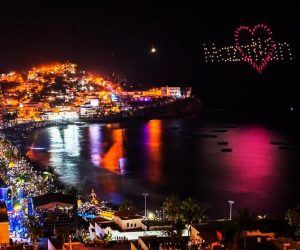
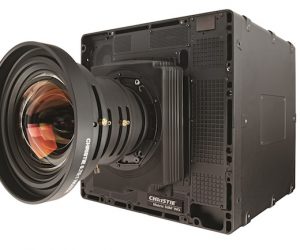

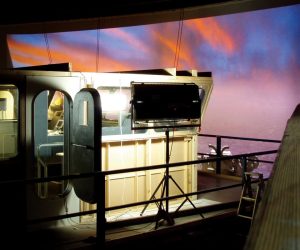

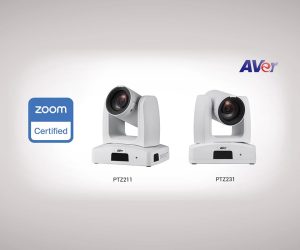
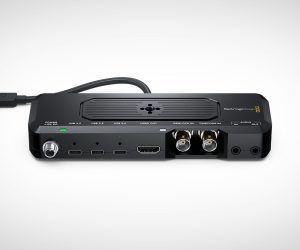

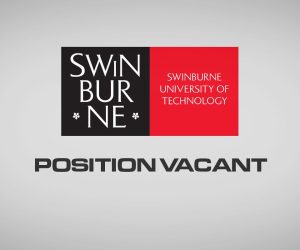





RESPONSES